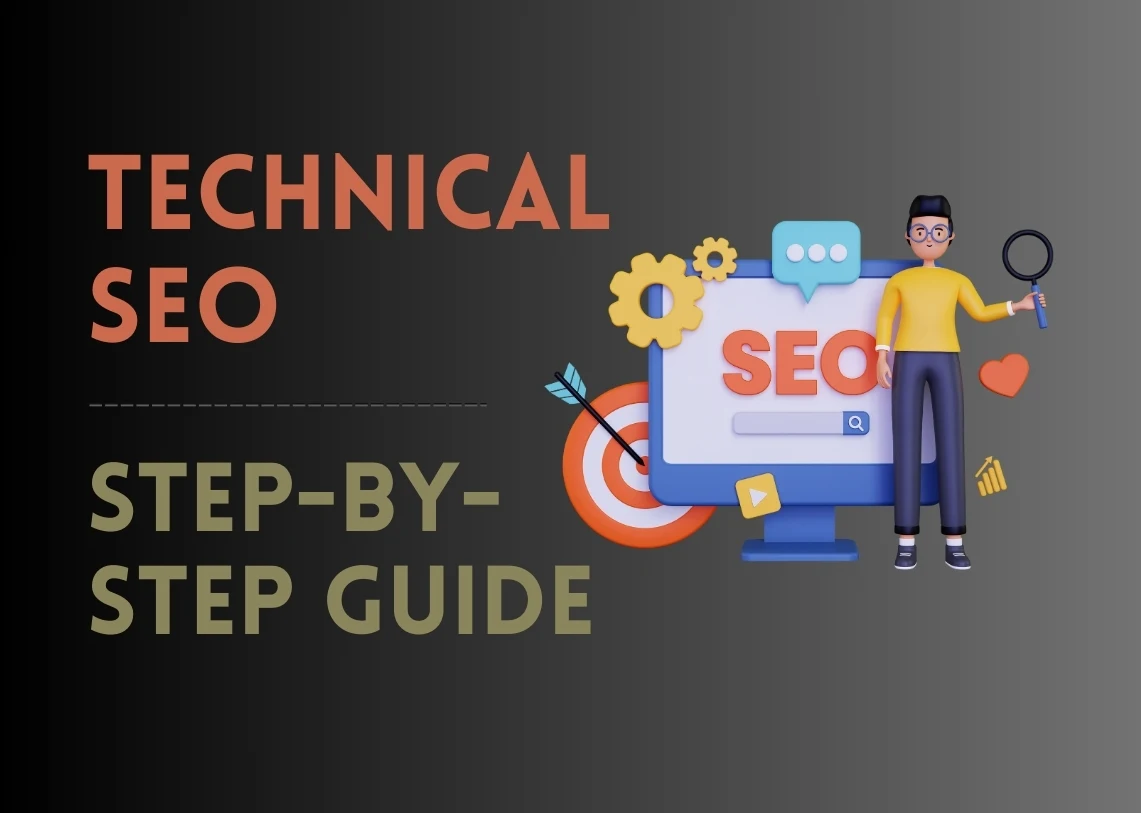What is Technical SEO: Step-by-Step Guide
 |
| Technical SEO for Beginners |
It's all about the behind-the-scenes stuff that makes your website work smoothly for search engines. When Google looks at your site, it wants to see that it's well-organized, loads quickly, and works well on computers and mobile devices.
If Google can't figure out your website, it won't show up in search results. So you can help Google understand your site better, leading to more people finding you online.
Why is Technical SEO Important?
- Improved Crawlability: Search engines employ crawlers to navigate and index web pages. Technical SEO ensures that these crawlers can easily access and interpret the content of your site.
- Enhanced User Experience: A technically optimized website tends to load faster, have intuitive navigation, and be mobile-friendly, thereby providing a seamless user experience—an important factor in both user satisfaction and search engine rankings.
- Better Indexation: Proper implementation of Technical SEO ensures that search engines index all relevant pages of your website, maximizing its visibility in search results.
- Higher Ranking Potential: While technical factors alone may not skyrocket your site to the top of search results, they lay the foundation upon which other SEO efforts can thrive.
How to Implement Technical SEO
- Website Speed Optimization: Page loading speed is a crucial ranking factor. Optimizing images, minimizing HTTP requests, leveraging browser caching, and employing Content Delivery Networks (CDNs) are some strategies to improve website speed.
- Mobile-Friendliness: With the majority of web traffic coming from mobile devices, ensuring your website is responsive and mobile-friendly is paramount. Google's mobile-first indexing also makes this aspect critical for SEO success.
- Crawlability and Indexation: Use tools like Google Search Console to identify and fix crawl errors, optimize your site's robots.txt file, and create XML sitemaps to facilitate search engine crawling and indexing.
- Site Architecture and URL Structure: A clear and logical site structure not only aids users in navigating your site but also helps search engines understand the hierarchy and relevance of your content. Implementing breadcrumbs, optimizing URL structure, and avoiding duplicate content issues are vital in this aspect.
- Schema Markup: Schema markup, also known as structured data, provides search engines with additional context about your content, enhancing its visibility and appearance in search results.
- HTTPS and Security: Securing your website with HTTPS not only protects user data but also provides a minor ranking boost. Moreover, ensuring your site is free from security vulnerabilities is crucial for both SEO and user trust.
- Canonicalization: Canonical tags help prevent duplicate content issues by specifying the preferred version of a URL when multiple versions of the same content exist.
- Technical Errors and Issues: Regularly audit your website for technical errors such as broken links, 404 pages, server errors, and duplicate metadata, and promptly address them to maintain optimal SEO health.
Technical SEO doesn't have to be scary. By following these simple steps, you can make your website more Google-friendly and improve your chances of getting found online.
Just remember to keep things fast, mobile-friendly, and organized, and you'll be well on your way to SEO success!

Leave a Comment